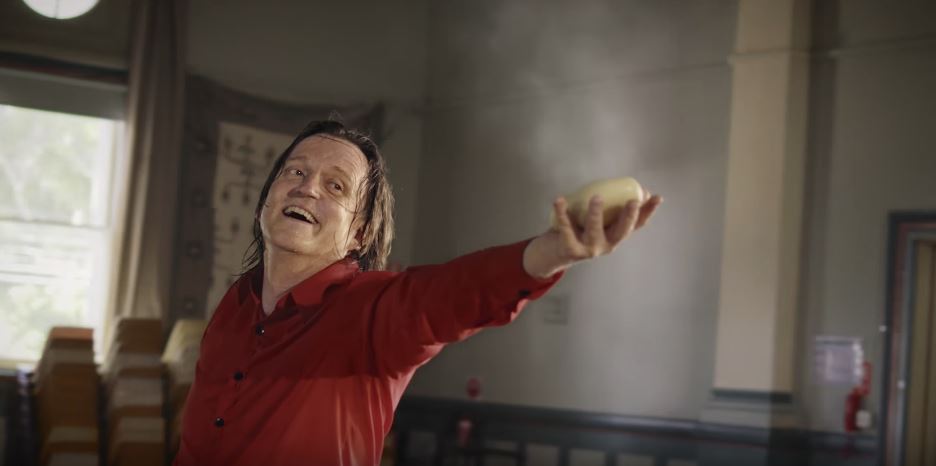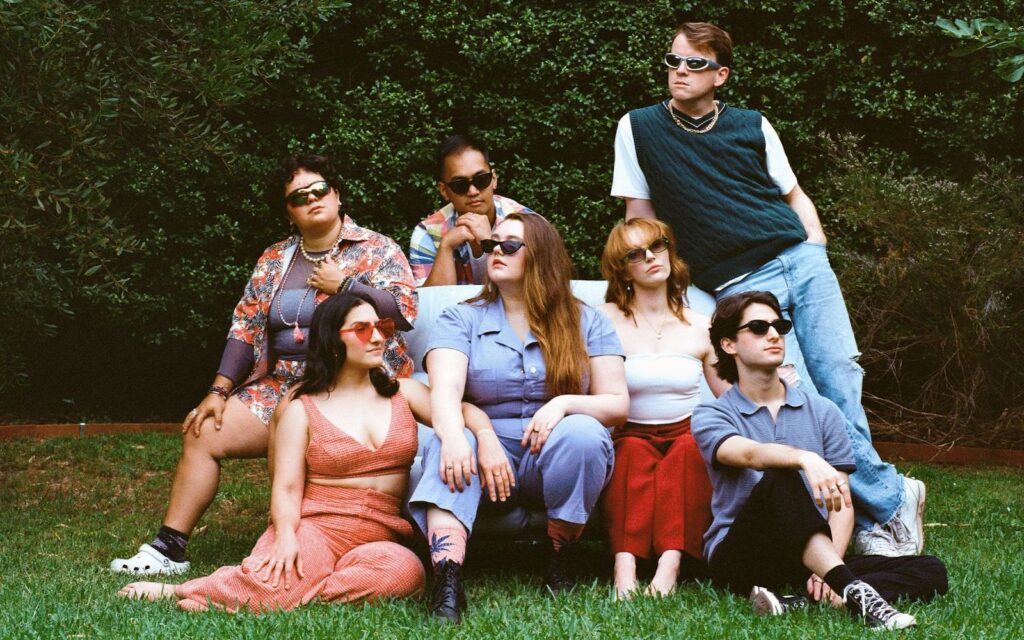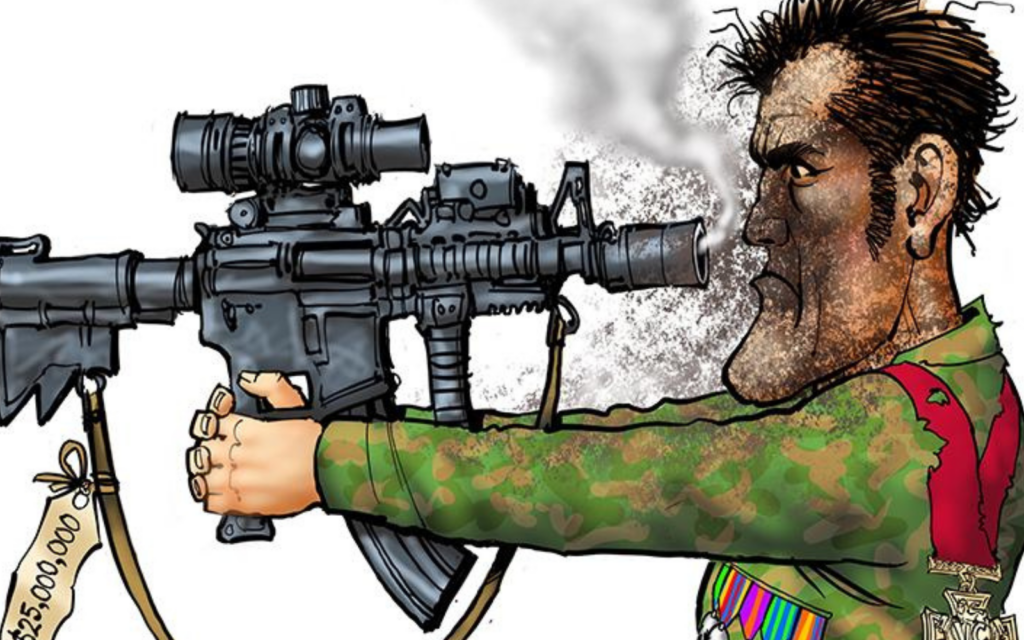In the lead up to Pausefest, we sat down with AI expert Dr. John R. Smith from IBM to find out if robots can ever become truly creative.
Why is artificial intelligence an important avenue to explore within the realms of technology?
Researchers have actually been exploring AI and machine learning technologies for decades, even though it’s really only been the past few years that it’s gained traction outside of the lab.
AI represents a new kind of computing – one that can learn through experience, much like humans do, and interact with humans in a more natural way than was previously possible.
At IBM we believe that it will transform the world in dramatic ways – from things simple as how we interact with our devices and computers to access information (think voice recognition), to more profound ways like healthcare, cancer and climate change.
What sparked your interest in the particular field of exploring artificial intelligence?
My interest artificial intelligence grew from my fascination with learning-based approaches that teach computers to do tasks
I started initially researching how we could teach computers to see, or as we call it in research – computer visual recognition.
Firstly, this was applied in the application of healthcare which was around teaching AI to understand a dermatologist image and what signs would indicate the presence of skin cancer. From there we’ve applied similar visual recognition techniques to video and images in a more creative sense.
Your specific focus lies in how artificial intelligence can be useful within the workplace, particularly in creative fields. What advantages do you believe AI can provide here?
The creative process is actually not all that dissimilar to a lot of roles being impacted by AI.
Like a lawyer, accountant or even doctor, a creative would spend the initial time on a piece of work researching and bringing together lots of different information to help inform their decision (or artistic direction).
AI offers the advantage of helping augment this process – helping bring together all the data (whether it be text information or images/video) and make sense of it, uncovering trends and themes.
The time spent on this research phase can be significantly reduced, helping the creative focus on what they do best – the ideas and the creativity.
AI is about the method, creativity is about the magic.
Or in the case of the lawyer, accountant or doctor – more time having quality and informed conversations with the client or patient.
What kind of prominence do you envision artificial intelligence software will have in the workplace and creative industries in the future?
Our latest foray into the visual recognition work is the impact of emotion.
Emotion is what drives a lot of creativity – whether you be an artist, a fashion designer, or a film director. When you look at your work you are looking for indicators of emotion.
Our view is that if we can teach computers to analyse and interpret emotion in an image, voice or video to help the creative enhance their understanding, it’s just another dimension to augment their process and help them focus on the creativity.
We’ll keep pushing these boundaries to bring in further aspects to the technique but what’s important to realise is that AI is not the answer to creativity.
What we’re interested in doing is how AI can interact with humans to inspire creativity in humans.
If you think about filmmaking – 99% of the work is actually very mundane. It’s going through hundreds of hours of video in some cases to arrive at the core pieces to use. So there’s still a very good reason to use technology as an assistant here, rather than replace the human in the loop.
In your opinion, how long will it be before we can realistically expect that to become a reality?
AI is already helping many professions be smarter and more creative.
In 2016, we used AI for the first ever AI-created movie trailer for 20th Century Fox’s horror flick, Morgan. The project had Watson analyze the visuals, sound and composition of hundreds of existing horror film trailers. Watson then selected scenes from the completed Morgan movie for editors to patch together into the trailer—ultimately reducing what could be a weeks-long process to one day.
In Australia a fashion designer, Jason Greche looked to Watson to help inspire his next range of couture. Watson ingested hundreds of thousands of images to identify colour trends, silhouettes, patterns; Jason was able to use Watson to help in the research stage, inputting his iconic architecture style and see similar images to inspire his creative direction. The collection was his best selling to date.
And there are plenty of examples such as Watson understanding the US tax code and helping accountants find more deductions for their customers.
It is also being used by doctors around the world to help inform cancer treatment options.
Why are features such as audio-visual recognition integral components of AI?
It shifts the computing capabilities from being able to understand text and static image data, to be able to bring in video and voice, gaining a whole new paradigm of insight.
It opens new ways for more natural interaction between human and computer – think your mobile phone, in-home assistant, connected cars.
Ultimately it’s about enhancing the human experience.
As with any level of change, especially that which involves highly advanced software, artificial intelligence raises concerns for some people. Are there any dangers involved in creating and using AI?
There are usually three areas of concern that are raised around the AI debate – the impact on jobs and employment, the ‘Singularity’ fear of computers taking over the world and whether we can trust AI systems.
The impact on jobs and employment: Like many transformations before AI – from the steam engine to electricity to the internet – the nature of jobs and professions will change. Some skills will no longer be required, some will remain unchanged and others will need to be rethought to work with AI technology. What we can say with confidence, however, is that while some jobs may be lost, both history and current research suggest that the number of occupations that will actually disappear will be minimal and that entirely new categories will emerge. In fact, it’s more than likely that employment will continue to grow. The focus now needs to be reskilling to enable the new ways of human and machine working together.
Singularity fear – There is nothing in either the science or application of AI systems that suggests this complete autonomy is likely. It assumes that we can recreate human intelligence – in fact, science is many decades away from even a definitive understanding of how the human brain works, let alone any effort to replicate it. Further, there is no economic use case or practical application that would support the development of a superintelligence. There is a need however for technologies that work in collaboration with people to help us solve some of the greatest challenges of our time.
Trust – It’s about purpose, transparency and skills. To fully realise the benefits of artificial intelligence systems, they must be built on a foundation of trust. Those people and organisations who build and use these systems have a responsibility to ensure they are transparent and trustworthy, built on a framework of best practices and values that ensure ethical behaviour. IBM and other industry leaders are working closely with business and government to ensure this.
You’ll be attending this year’s Pause Fest where you’ll deliver a presentation on creativity and artificial intelligence, what do you hope your audiences will gain from that talk?
To be inspired by the new opportunities that they might be able to collaborate with AI systems to help enhance their creativity and to help solve some of the big societal challenges we face.
You give quite a lot of talks on this subject across the world, why is it important to have events such as Pause Fest which delve into these subjects?
Australia has a rich creative, research and science community who really have the potential to accelerate the potential of AI for social good.
If we can continue to inspire these inventors in new ways it will bring us closer to solving big challenges like cancer, climate change, chronic disease, access to education infectious disease, access to services, poverty – the list goes on.
Where do the limitations lie with artificial intelligence software?
AI is only as smart as the data that’s fed into it. If the data is incomplete or limited then you’ll struggle to train the AI system to any great outcome.







